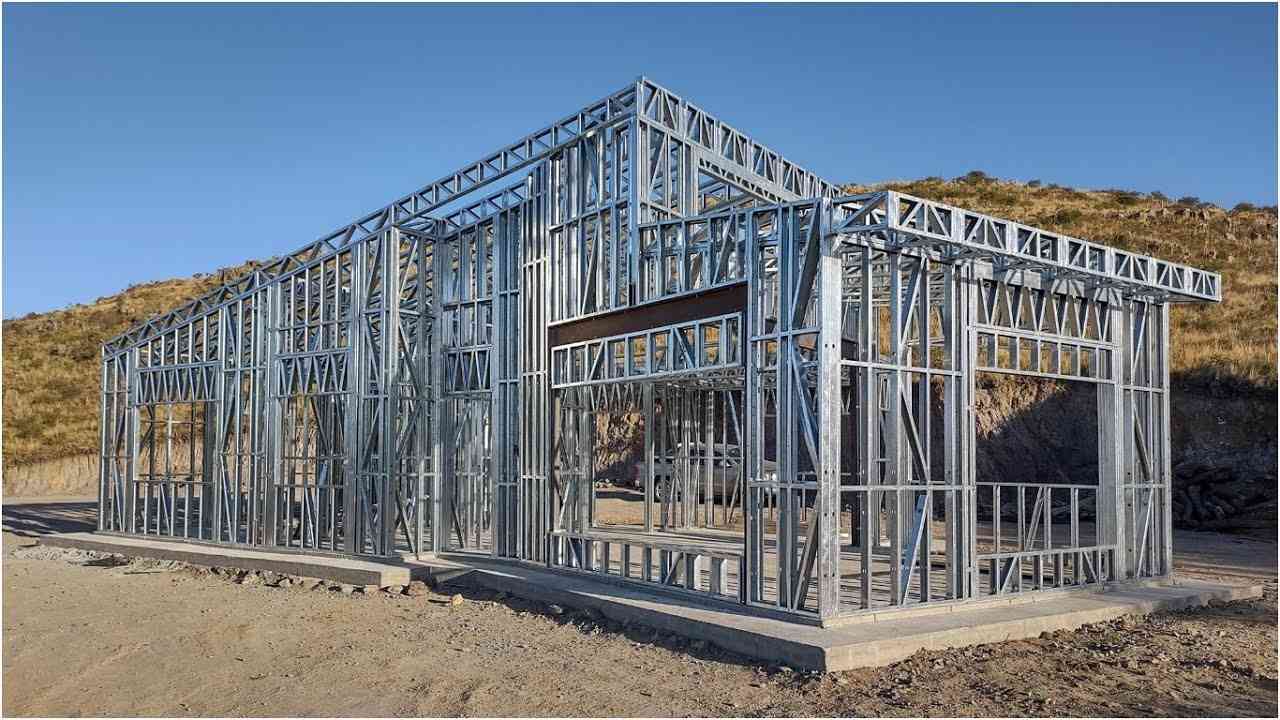Light Gauge Steel Framing: Modern Construction Revolution

In today’s fast-paced construction industry, light gauge steel framing (LGSF) is transforming how buildings are designed, engineered, and assembled. Known for its precision, sustainability, and cost-efficiency, this modern method of construction is gaining immense popularity across residential, commercial, and industrial projects. Unlike traditional concrete or wood systems, light gauge steel framing uses cold-formed steel sections that offer unmatched strength, flexibility, and speed making it the backbone of modern architecture.
What Is Light Gauge Steel Framing?
Light gauge steel framing refers to the process of creating structural components such as walls, floors, and roofs using thin sheets of cold-formed steel. These sheets are galvanized and shaped into sections like C, U, or Z profiles, which can be easily assembled on-site or prefabricated off-site.
This innovative system is often referred to as cold-formed steel framing or LGSF, and it’s widely used for both load-bearing and non-load-bearing structures. Its lightweight nature and precision manufacturing make it ideal for modern, high-performance construction projects.
How Light Gauge Steel Framing Works
LGSF systems are typically produced in controlled factory environments using computer-aided design (CAD) and manufacturing (CAM) technologies. This process ensures high accuracy, minimal waste, and faster project delivery. Once the framing components are ready, they are transported to the construction site for quick assembly, reducing labor costs and overall project timelines.
Because light steel framing systems are pre-engineered, every piece fits together seamlessly allowing builders to complete structures with less manual adjustment and rework.
Advantages of Light Gauge Steel Framing
1. Strength and Durability
Despite being lightweight, light gauge steel is incredibly strong and resilient. It can withstand extreme weather, seismic activity, and heavy loads without warping, rotting, or shrinking. This makes it a long-lasting alternative to traditional materials like wood or masonry.
2. Precision and Quality
Each component in a light gauge steel framing system is produced using precise computer-controlled machines. This ensures consistency, accuracy, and minimal on-site errors — a key factor in achieving superior build quality.
3. Faster Construction
Because LGSF structures can be prefabricated, construction time is significantly reduced. Builders can complete framing in a fraction of the time compared to conventional methods, leading to quicker project turnovers and reduced labor costs.
4. Sustainability
Sustainability is one of the strongest advantages of light steel framing systems. Steel is 100% recyclable and can be reused multiple times without losing its strength or integrity. Additionally, the controlled production process generates less waste, supporting green building standards like LEED certification.
5. Design Flexibility
With cold-formed steel framing, architects have the freedom to design complex shapes, long spans, and open interiors without the constraints of heavy structural elements. It’s perfect for creative and modular building designs.
Applications of Light Gauge Steel Framing
Light gauge steel framing is suitable for a wide range of projects, including:
-
Residential buildings: Villas, apartments, and townhouses
-
Commercial structures: Offices, retail outlets, and warehouses
-
Institutional facilities: Schools, hospitals, and hotels
-
Modular construction: Prefabricated homes and portable cabins
Its adaptability allows it to be integrated with other materials like concrete, glass, or wood to achieve both functional and aesthetic goals.
Future of Light Gauge Steel Framing
As the demand for sustainable and affordable housing increases, LGSF technology continues to gain traction globally. Advanced automation, digital design tools, and robotics are further enhancing the efficiency of this system. Governments and builders are increasingly adopting light steel framing as part of green construction initiatives to reduce carbon footprints and promote circular building economies.
In the near future, light gauge steel framing systems are expected to become the industry standard for urban development projects due to their adaptability, eco-friendliness, and structural performance.
Challenges and Considerations
While light gauge steel framing offers numerous benefits, it’s essential to address potential challenges:
-
Thermal conductivity: Steel transfers heat easily, so proper insulation is required.
-
Initial cost: The upfront investment can be slightly higher than traditional methods, though it balances out with reduced construction time and maintenance.
-
Design expertise: Skilled engineers and designers familiar with LGSF structures are needed to ensure optimal performance.
Addressing these factors during planning ensures that the system performs effectively for decades.
Conclusion
Light gauge steel framing represents the future of smart, sustainable, and efficient construction. Its combination of strength, precision, and environmental responsibility makes it the preferred choice for architects, builders, and developers worldwide. As urban landscapes evolve, adopting LGSF technology is no longer an option it’s a necessity for those aiming to build stronger, faster, and greener.
- Art
- Causes
- Crafts
- Dance
- Drinks
- Film
- Fitness
- Food
- Juegos
- Gardening
- Health
- Home
- Literature
- Music
- Networking
- Other
- Party
- Religion
- Shopping
- Sports
- Theater
- Wellness



